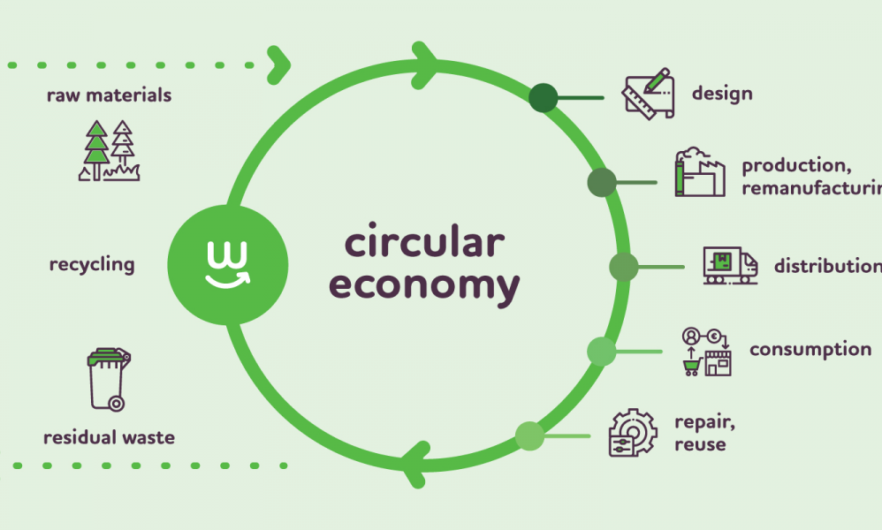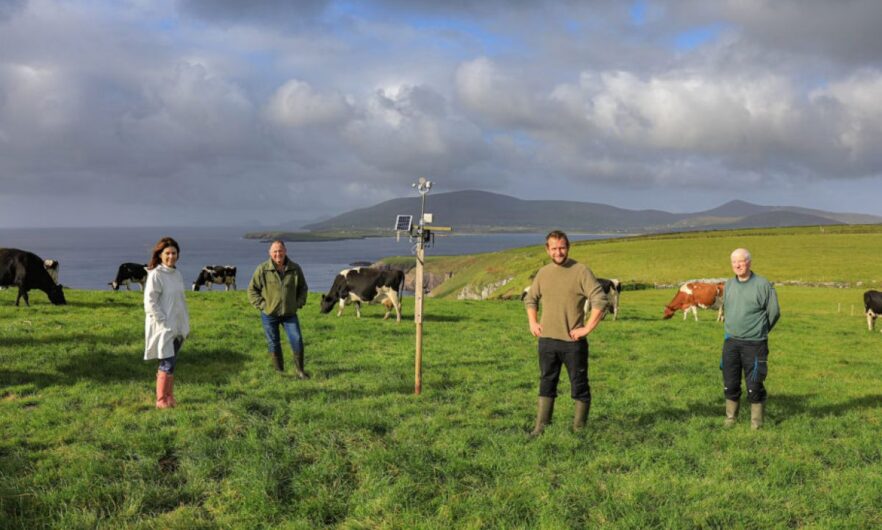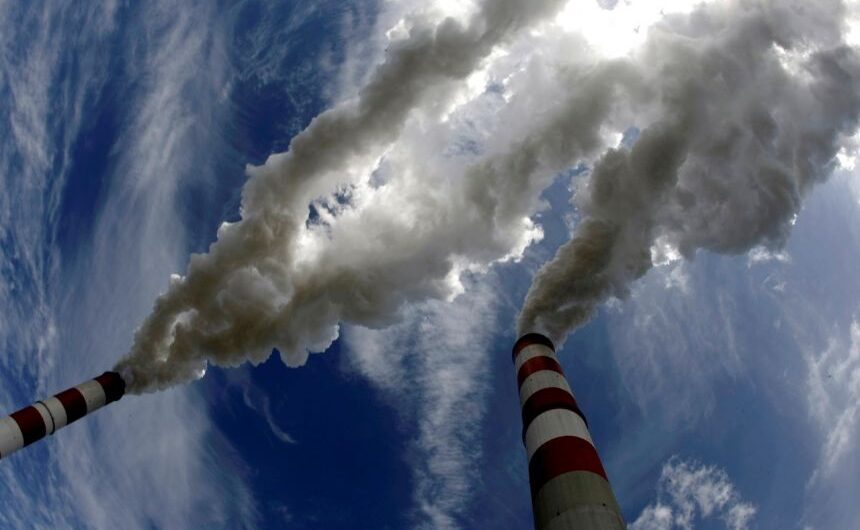Most textile waste goes unsorted in Europe
The EEA briefing ‘Management of used and waste textiles in Europe’s circular economy’ shows the current state of textile waste generation, collection systems, treatment capacity and the different classifications for used textiles in Europe. According to the EEA estimate, around 16 kg of textile waste per person was...
Costs of industrial pollution from largest facilities decline in Europe but remain at 2% of EU GDP
Air pollution from large European industry continues to cause significant damage to the environment, climate and people’s health. However, according to an updated analysis by the European Environment Agency (EEA), the cost of this pollution has declined by about a third during the past decade. Published today, the analysis...
Air pollution levels still too high across Europe – remains top environmental health risk
Air pollution in Europe remains well above recommended World Health Organization (WHO) levels, posing a significant threat to our health. According to the latest European Environment Agency (EEA) air quality health assessment published today, 253,000 deaths could have been avoided in the EU if the fine particulate matter concentrations...
Urgent need to consider how to best use biomass in Europe
There are increasing and competing demands for using biomass in the EU, using it for bio-based products in sectors such as construction, energy, transport, furniture and textile industries, but also reserving it for nature conservation and carbon sequestration. The European Environment Agency (EEA) report, published today, stresses that...
The benefits to biodiversity of a strong circular economy
The circular economy aims to transform our economy from the current, mostly linear, take-make-waste model towards a closed-loop model. This transformation can minimise the use of materials and energy while reducing environmental pressures linked to resource extraction, emissions and waste (EEA, 2016). In this way, the circular economy...
European bathing water quality in 2022
Quality of European bathing waters remains high Bathing water quality in Europe has improved markedly in recent decades. Systematic monitoring and management introduced under the Bathing Water Directive (BWD) (EU, 2006), large investments in urban wastewater treatment plants and improvements in wastewater networks have led to a...
European forest ecosystems: key allies in sustainable development
The fundamental and changing value of forests Forest ecosystems are a precious resource. Hosting biodiversity, purifying air and water, and supplying livelihoods for communities are among their many benefits for society and well-being. Approximately 10% of the EU-27’s annual greenhouse gas emissions are absorbed and stored in forest...
Enabling consumer choices for a circular economy
Establishing an EU circular economy calls for a transformation of Europe’s production/consumption systems. Production systems respond to and shape consumer demand through the products offered and how they are marketed. Informed consumer choices can potentially shape decisions made by producers upstream and downstream in product supply...
With people and for people: Innovating for sustainability
Innovation is both a primary source of systemic environmental and sustainability challenges and an essential element in society’s response to such challenges. Technological innovation, which is a policy priority across Europe, has historically been a major ‘driver of change’ for society and the ecosphere. Although technological...
Air quality in Europe 2021
Air pollution is the single largest environmental health risk in Europe and has significant impacts on the health of the European population, particularly in urban areas. While emissions of key air pollutants and their concentrations in ambient air have fallen significantly over the past two decades in Europe, air quality remains poor in...














